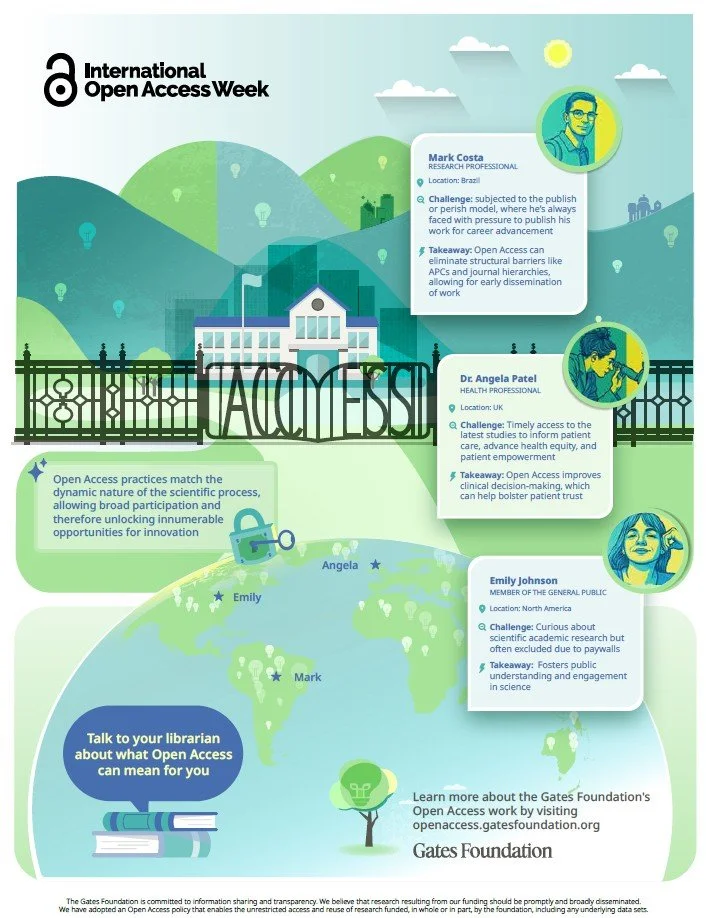Imagine you’re a student finishing a dissertation, or a public health professional updating local guidelines. You find the exact article you need, click the link, and hit a wall: Pay £33 to read this article (in the US, that’s roughly $42). And nope, the authors won’t see a single penny, even if their work is downloaded thousands of times, and the peer reviewers (who act as fact checkers) aren’t paid either. That money goes to the publisher, the private company that posts the pdf on the internet.
How did we end up here? For most of its history, scientific communication was not-for-profit, shared directly by researchers and learned societies for the public advancement of knowledge. In the mid-20th century, commercial publishers professionalised and scaled the system, and access to knowledge became a revenue model. And a highly lucrative one: individual subscriptions can cost hundreds to thousands per year and university packages run into their millions.
But we all have to make money, right? Why should you care? Well, firstly, access to knowledge shouldn’t be a privileged luxury. Secondly, it’s both a public health issue and an equity one: researchers in low- and middle-income countries (who arguably are most in need of new discoveries to serve their communities), or students at less well-resourced institutions, are routinely locked out of work that could inform local care and policy. And thirdly (and this is the one that makes my eye twitch), because in many cases WE’VE ALREADY PAID FOR IT! Much health research is publicly or charitably funded. In other words: taxpayers pay for the science, then are asked to pay again to read it. That’s like me coming to your house, locking you out and then forcing you to pay me to open the door. The sheer audacity!
Enter Open Access (OA): the principle that research should be free to read and reuse. In practice; however, OA has often meant shifting the paywall from reader to author via Article Processing Charges, fees that can reach $12,000 per paper. I’m sorry, what? Tell me what researcher can easily afford this? $12,000 to put my own work on the internet? I could literally do that on Instagram (for example) for free. So, yes, technically, OA expands readership but, in reality, it creates a new barrier to publishing, particularly for underfunded labs and researchers in the Global South.
So, what’s the alternative? Well, one option is preprints. Preprints are essentially final draft copies of research articles, shared publicly and for free. They allow researchers to share their findings rapidly and receive feedback before journal publication. The Gates Foundation’s refreshed OA policy leans into this, pushing for immediate open availability of funded research and encouraging preprints to speed up dissemination.
And if you work in research, education, or clinical practice, this isn’t an abstract issue. Paywalls shape who gets to learn, whose ideas spread, and which problems get solved first.
The goal isn’t to vilify every publisher (although it is tempting – these companies have profit margins that rival some multi-national corporations!). The goal is to recalibrate the focus – from enormous industry profits back to the public good. If knowledge saves lives, it shouldn’t be a luxury product.
This week’s podcast is supported by the Gates Foundation, and digs into the history, the economics, and the practical steps we can take.
And check out The Gates Foundation's Open Access Policy - Gates Open Access Policy



